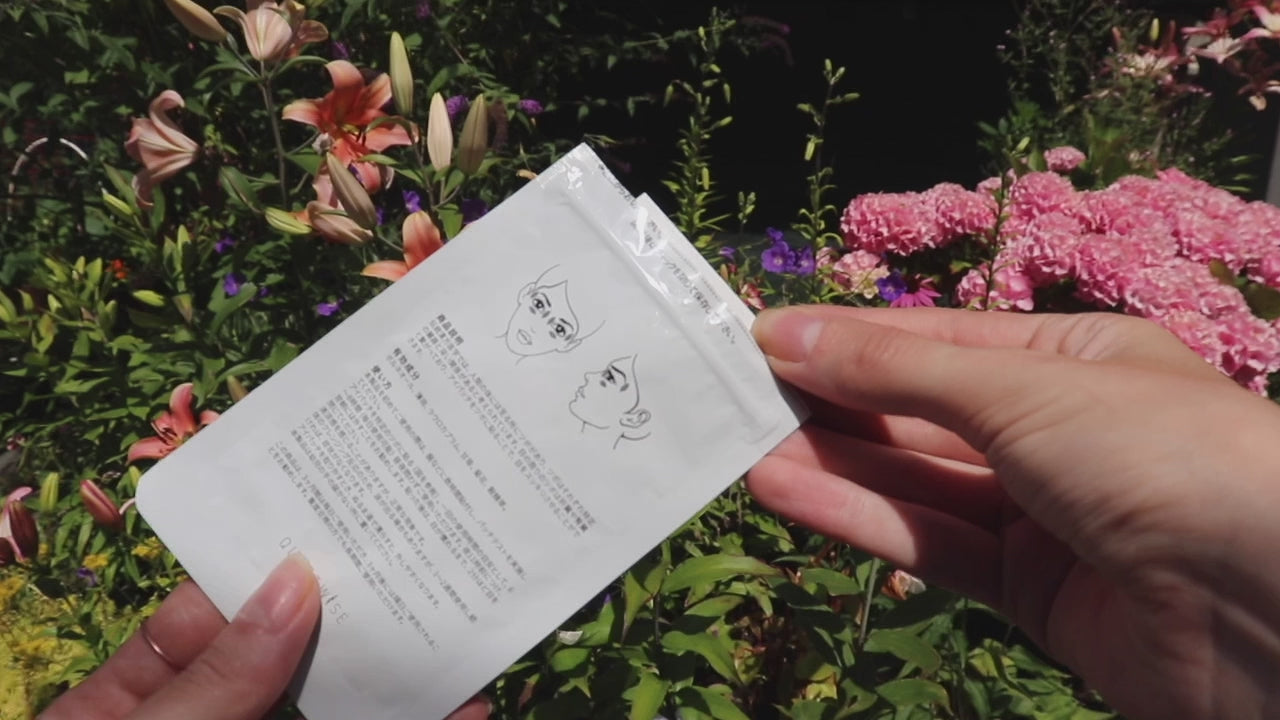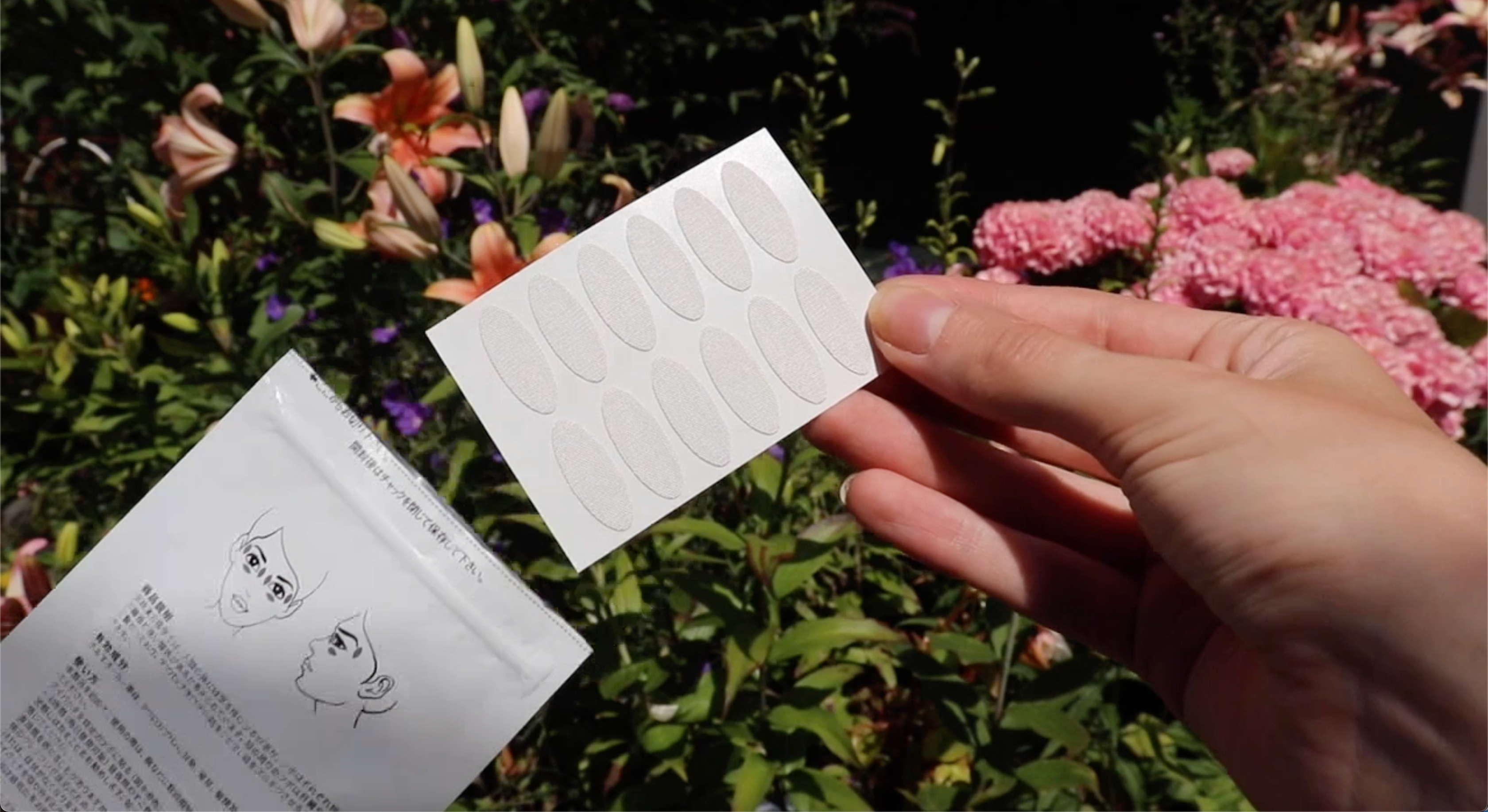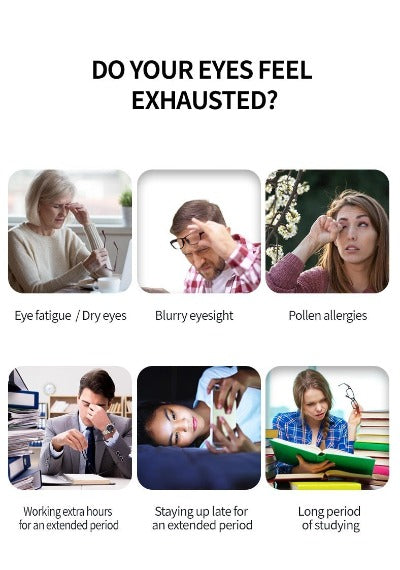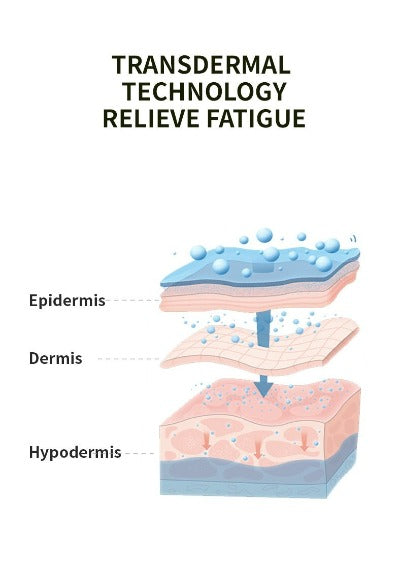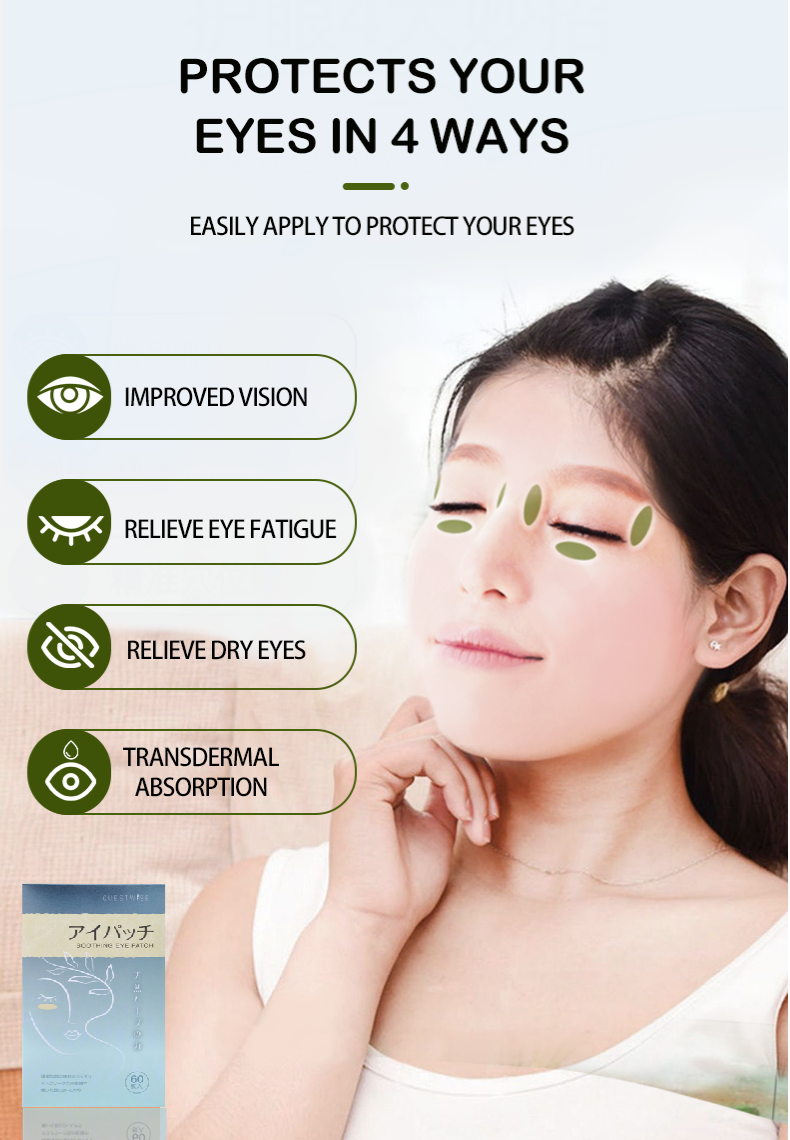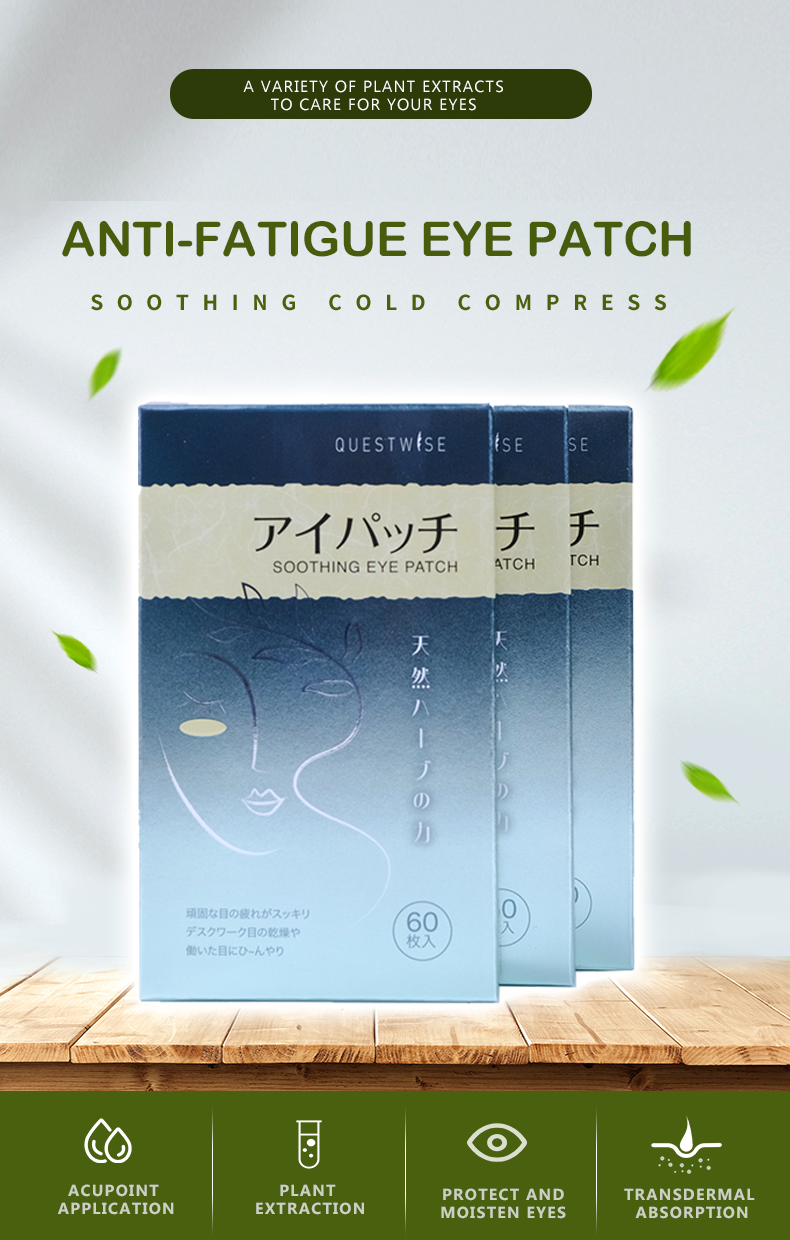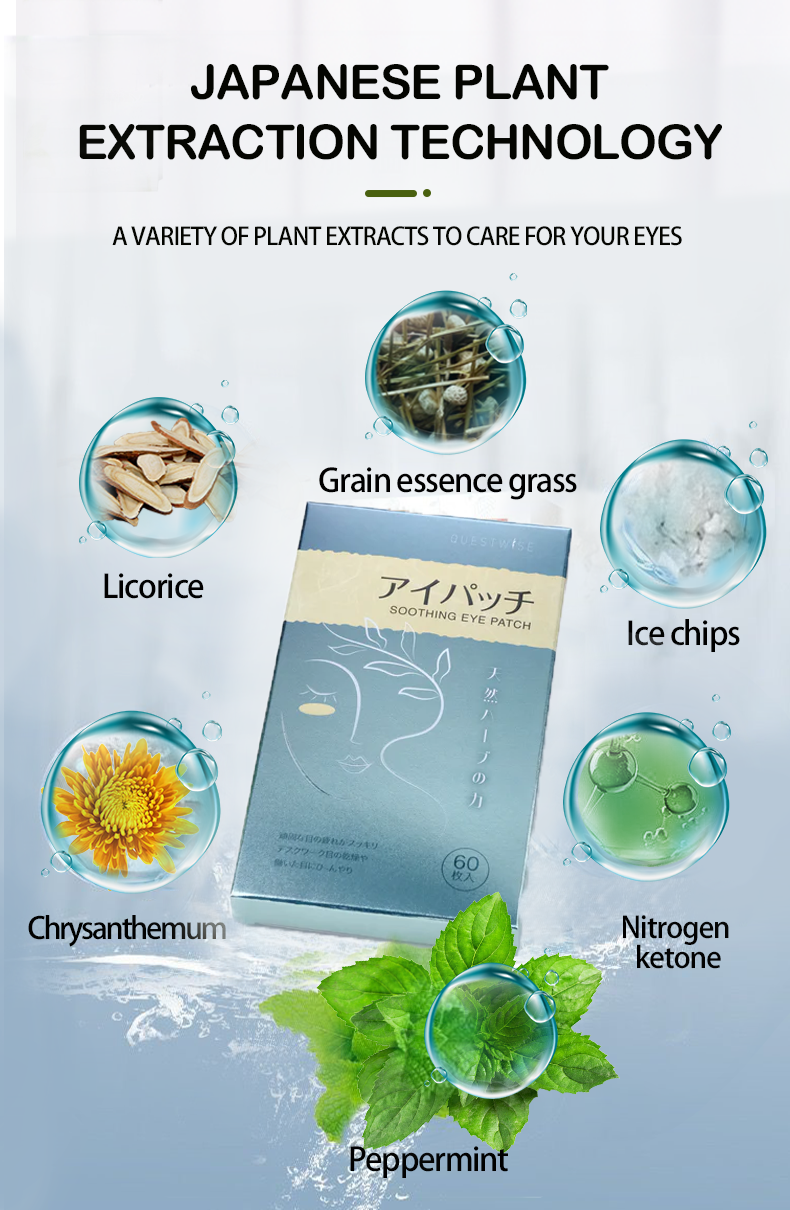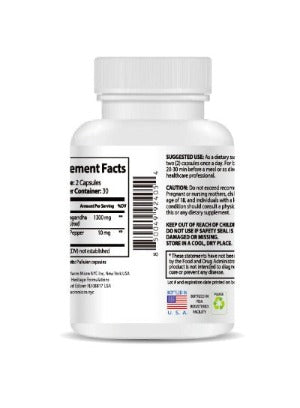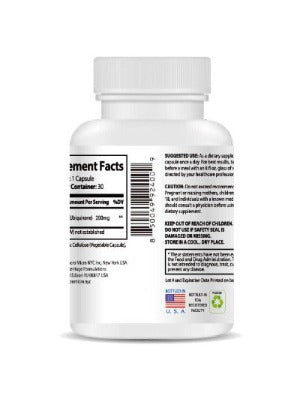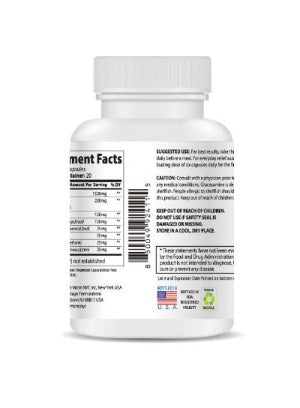How to Prevent Dry Eye Syndrome with Simple Habits: A Comprehensive Guide for 2025
In 2025, the digital age has reached a fever pitch. We're more connected than ever, but this hyper-connectivity comes at a cost. Dry eye syndrome, once a relatively niche concern, is now a widespread issue, affecting millions worldwide. The constant strain of staring at screens, coupled with environmental factors and increasingly stressful lifestyles, leaves many of us battling dry, irritated, and uncomfortable eyes. But don't despair! This comprehensive guide explores practical strategies and simple habits to prevent and alleviate dry eye syndrome, ensuring your eyes remain healthy and comfortable in the years to come. We'll delve into the root causes, explore effective preventative measures, and introduce you to innovative solutions like the Wise Quest Soothing Eye Patches - 3-Month Wellness Pack, designed to provide long-lasting relief and hydration.
Understanding the Causes and Symptoms of Dry Eye Syndrome: A Deep Dive
Dry eye syndrome, also known as keratoconjunctivitis sicca, occurs when your eyes don't produce enough tears or when your tears evaporate too quickly. This imbalance disrupts the delicate lubrication system of your eyes, leading to a cascade of unpleasant symptoms that can significantly impact your daily life. The causes are multifaceted and often interconnected, making a holistic approach to prevention and management essential.
Key Contributors to Dry Eye Syndrome:
- Digital Eye Strain: In today's hyper-digital world, prolonged screen time is a leading culprit. The intense focus required reduces blinking frequency, disrupting the natural tear film that coats and protects the eyes. This constant strain leads to dryness, irritation, and even blurred vision.
- Environmental Factors: External elements play a significant role. Dry air, especially during winter months or in arid climates, accelerates tear evaporation. Wind, pollution, and even air conditioning can further exacerbate dryness and irritation.
- Medications: Certain medications can have dry eye as a side effect. Antihistamines, antidepressants, and some blood pressure medications are known to reduce tear production or alter tear composition.
- Medical Conditions: Several underlying medical conditions can contribute to dry eye syndrome. Autoimmune diseases like rheumatoid arthritis and Sjogren's syndrome often involve a decrease in tear production. Other conditions, such as diabetes and thyroid disorders, can also be implicated.
- Aging: The natural aging process brings about several changes, including reduced tear production. As we age, our bodies produce fewer tears, making us more susceptible to dry eye.
- Hormonal Changes: Fluctuations in hormones, particularly in women during menopause, can affect tear production and contribute to dry eye.
Recognizing the Symptoms:
The symptoms of dry eye syndrome can range from mild discomfort to severe vision impairment. Recognizing the signs early is crucial for effective management. Common symptoms include:
- Burning and Stinging Sensations: A persistent burning or stinging feeling in the eyes is a hallmark symptom.
- Itching and Scratchiness: An uncomfortable itching or scratchy feeling, as if there's something in your eye.
- Feeling of Grittiness or Foreign Body: The sensation of having something gritty or foreign in your eyes.
- Blurred Vision: Dryness can interfere with the clarity of your vision, making it difficult to focus.
- Excessive Tearing (Paradoxical): Interestingly, excessive tearing can sometimes be a response to the eye's attempt to compensate for dryness.
- Sensitivity to Light (Photophobia): Increased sensitivity to light, making bright environments uncomfortable.
- Eye Fatigue and Tiredness: Constant eye strain and dryness can lead to significant eye fatigue.
- Stringy Mucus: The presence of stringy mucus in or around the eyes.
Simple Habits to Prevent and Manage Dry Eye Syndrome: A Practical Guide
While some causes of dry eye syndrome are beyond our control, many can be effectively managed through proactive lifestyle changes and simple daily habits. Let's explore these preventative measures in detail, emphasizing their importance for maintaining optimal eye health.
1. The 20-20-20 Rule: A Digital Age Essential
This simple technique is incredibly effective in combating digital eye strain. Every 20 minutes, look away from your screen at an object 20 feet away for 20 seconds. This brief break allows your eyes to relax their focusing muscles, reducing strain and promoting better tear distribution.
2. Blink Consciously: A Forgotten Reflex
Blinking is crucial for spreading tears across the surface of your eyes, maintaining lubrication, and preventing dryness. In our technology-driven world, we often forget to blink frequently enough. Consciously increase your blinking frequency, especially during prolonged screen time. You might even set reminders or use a blinking app to ensure consistent blinking.
3. Hydration: The Cornerstone of Eye Health
Adequate hydration is essential for overall health and plays a vital role in maintaining the proper consistency and volume of tears. Drink plenty of water throughout the day to keep your tear film lubricated and prevent dryness. Staying well-hydrated from the inside out supports optimal eye function.
4. Environmental Control: Humidity and Protection
Dry air significantly accelerates tear evaporation, leading to discomfort and dryness. In dry climates or during winter months, using a humidifier can help increase the moisture content of the air, providing relief. Protect your eyes from harsh elements like wind, sun, and dust by wearing protective eyewear when necessary.
5. Optimize Your Workspace: Ergonomics for Eye Health
Your workspace setup significantly impacts your eye health. Ensure your computer screen is at the correct height and distance to minimize strain. Proper lighting, an adjustable chair, and regular breaks all contribute to eye comfort and help prevent dryness.
6. Eye Drops: Strategic Use for Relief
Over-the-counter lubricating eye drops can offer temporary relief from dryness. However, choose preservative-free drops to avoid further irritation. Consult an ophthalmologist if you experience persistent dryness despite using eye drops.
7. Warm Compresses: Soothing and Effective
Applying warm compresses to your eyelids can help stimulate tear production and relieve dryness. Soak a clean washcloth in warm water, wring out the excess, and gently apply it to your closed eyelids for 5-10 minutes.
8. Eye Patches for Deep Hydration and Soothing Relief:
For a more intensive approach, consider incorporating eye patches into your routine. Our Wise Quest Soothing Eye Patches - 3-Month Wellness Pack offers a luxurious and effective way to combat dry eye symptoms. These non-toxic patches, crafted with nature’s finest ingredients, are designed for long-term relief, providing deep hydration and alleviating chronic dryness and strain. They're particularly beneficial for screen users seeking a safe, long-term remedy.

Invest in your eyes with our 3-month pack. These non-toxic patches, crafted with nature’s finest ingredients, relieve chronic dryness and strain, ensuring optimal health for screen users seeking a safe, long-term remedy. The Wise Quest Soothing Eye Patches - 3-Month Wellness Pack is your partner in achieving lasting relief.
When to Seek Professional Help: Recognizing When to Consult an Expert
While these preventative measures and home remedies are highly effective for many, it's crucial to seek professional help if your dry eye symptoms persist, worsen, or are accompanied by other concerning symptoms. An ophthalmologist or optometrist can accurately diagnose the underlying cause of your dry eye and recommend appropriate treatment options.
Here are some situations where professional consultation is strongly recommended:
- Persistent burning, stinging, or itching that doesn't improve with home remedies.
- Significant blurring of vision.
- Increased sensitivity to light.
- Presence of excessive mucus or discharge.
- Suspicion of an underlying medical condition affecting tear production.
Conclusion: Prioritize Your Eye Health for a Brighter Future
Dry eye syndrome is a common but manageable condition. By incorporating these simple habits into your daily routine and seeking professional help when necessary, you can significantly reduce your risk of developing dry eye syndrome and maintain optimal eye health. Remember, prevention is key! Start prioritizing your eye health today and enjoy a brighter, clearer future, free from the discomfort of dry, irritated eyes. Make the Wise Quest Soothing Eye Patches - 3-Month Wellness Pack a part of your proactive eye care strategy for long-lasting comfort and hydration.



